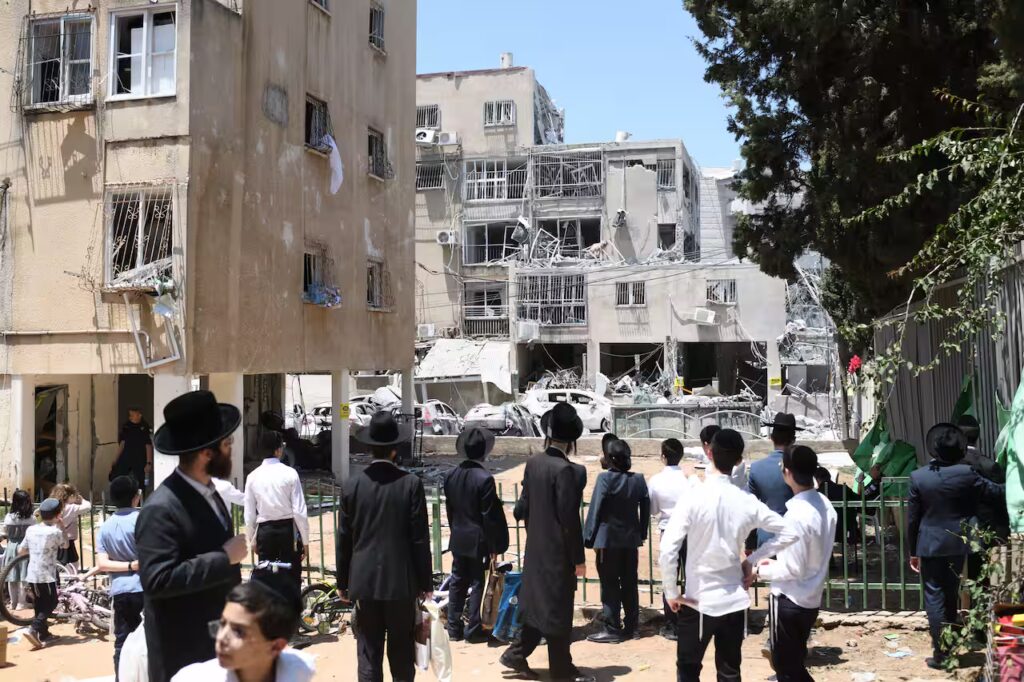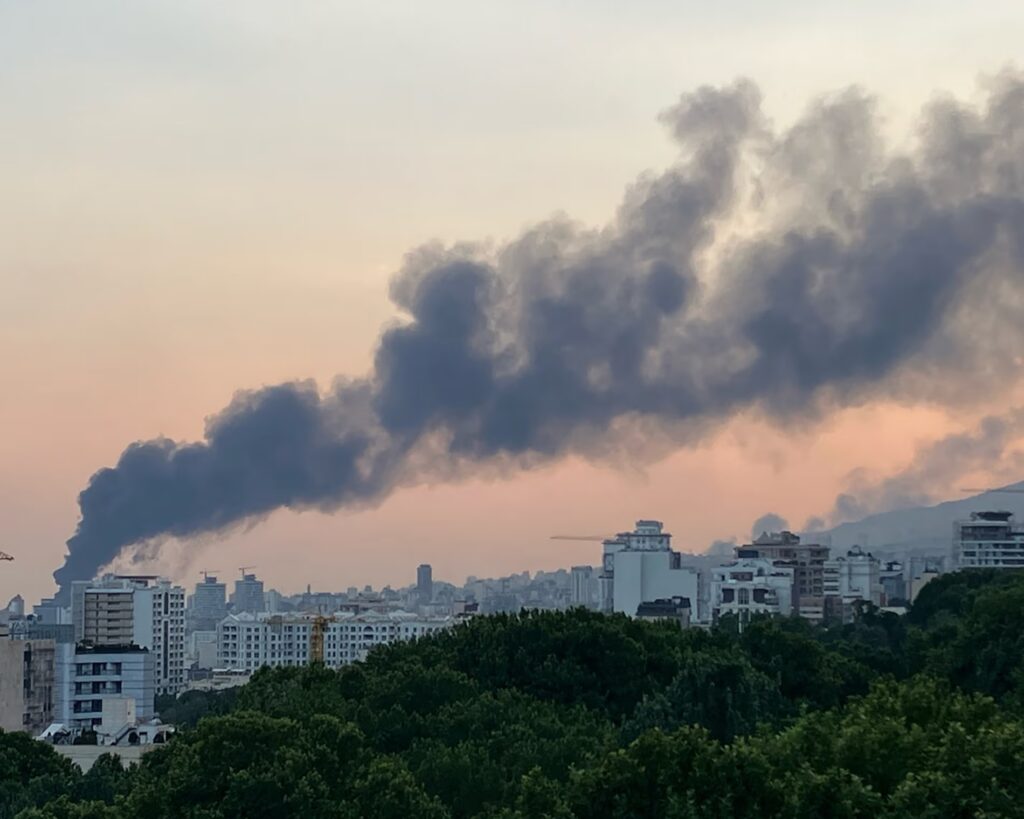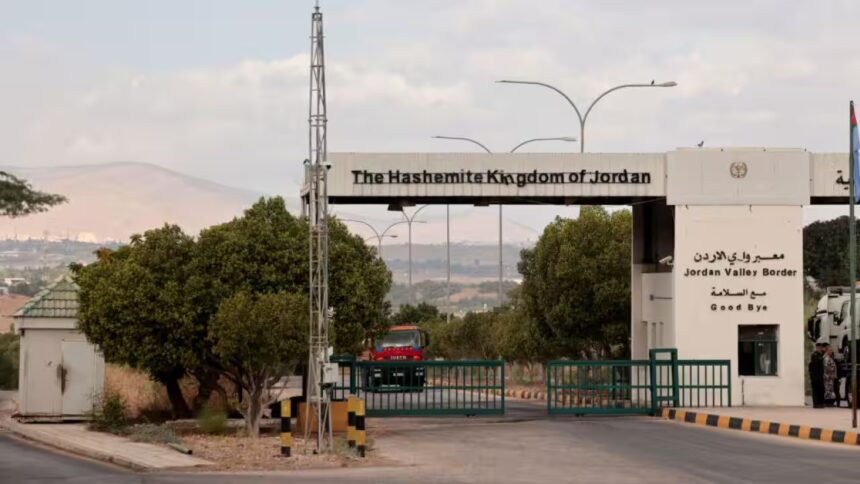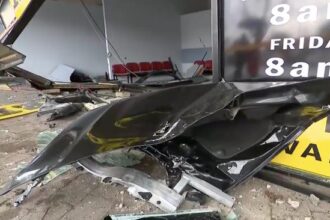As Iran and Israel exchange aerial strikes, Australian citizens are caught in the middle, with over 1,800 requesting evacuation from both countries. While official government advice urges Australians to avoid travel or to shelter in place, private security firms have stepped in to orchestrate covert rescue efforts amid ongoing violence and closed airspaces.
More than 1,000 Australians have formally registered with the Department of Foreign Affairs and Trade (DFAT) to leave Israel, while 870 individuals, including families, have signaled a desire to escape Iran. However, Iranian airspace and Israel’s Ben Gurion International Airport remain closed, and neighbouring airspaces such as those of Jordan and Iraq have also shut multiple times in recent days.
The Australian Government is exploring ways to support citizens trapped in the region, though limited flight options and dynamic threats complicate official efforts. Meanwhile, companies like International SOS are actively conducting emergency operations to evacuate stranded individuals via land and sea.
James Robertson, global head of security at International SOS, explained their efforts to SBS News, noting that they’ve assisted “hundreds of people in the last five odd days”. These operations involve land convoys, border crossings, and maritime departures to safer destinations such as Cyprus via ports in Beirut and Haifa.
Robertson said the challenge begins with identifying a safe holding area where evacuees can wait for extraction, with necessary access to food, medical care, and communication. In Israel, evacuation groups are scattered, requiring complex coordination to aggregate individuals at secure hotels or assembly zones.


Australians Seek Evacuation Amid Iran-Israel Conflict
As Iran and Israel exchange aerial strikes, Australian citizens are caught in the middle, with over 1,800 requesting evacuation from both countries. While official government advice urges Australians to avoid travel or to shelter in place, private security firms have stepped in to orchestrate covert rescue efforts amid ongoing violence and closed airspaces.
Hundreds Registered for Emergency Exits
More than 1,000 Australians have formally registered with the Department of Foreign Affairs and Trade (DFAT) to leave Israel, while 870 individuals, including families, have signaled a desire to escape Iran. However, Iranian airspace and Israel’s Ben Gurion International Airport remain closed, and neighbouring airspaces such as those of Jordan and Iraq have also shut multiple times in recent days.
Government Efforts Hindered by Limited Options
The Australian Government is exploring ways to support citizens trapped in the region, though limited flight options and dynamic threats complicate official efforts. Meanwhile, companies like International SOS are actively conducting emergency operations to evacuate stranded individuals via land and sea.
Private Security Teams Take the Lead
James Robertson, global head of security at International SOS, explained their efforts to SBS News, noting that they’ve assisted “hundreds of people in the last five odd days”. These operations involve land convoys, border crossings, and maritime departures to safer destinations such as Cyprus via ports in Beirut and Haifa.
Evacuation Logistics on the Ground
Robertson said the challenge begins with identifying a safe holding area where evacuees can wait for extraction, with necessary access to food, medical care, and communication. In Israel, evacuation groups are scattered, requiring complex coordination to aggregate individuals at secure hotels or assembly zones.
Transit Through Border Crossings
Convoys are then launched toward departure points, including border crossings like Sheikh Hussein (between northern Israel and Jordan) or crossings from the West Bank. Movement is slow, with “long wait times in processing and transit” due to overwhelmed checkpoints.
Evacuation from Iran Even More Challenging
In Iran, the situation is more complex due to stricter movement, fewer Australians present, and significant logistical barriers. Internet blackouts have cut communications, and economic sanctions reduce the number of Western personnel typically present.
Land Routes Into Türkiye
Robertson described efforts to evacuate individuals from Iran through land borders to Türkiye, but noted that most have been forced to shelter in place, waiting for a viable escape opportunity. The volatility of airstrikes and the geopolitical terrain mean each mission involves “significant disruption”.
Stay in Place and Prepare
Australians on the ground are urged to prepare for long stays in homes, offices, or hotels and to remain updated on changes in airspace and border accessibility. Robertson emphasized that communication and patience are critical, as situations can change within hours.
Government Monitoring and Contingency Planning
Treasurer Jim Chalmers confirmed the Government was evaluating options, while Foreign Minister Penny Wong said that DFAT’s crisis teams are “working on a range of plans,” including assistive departures once safe travel becomes feasible.
Lessons from Past Evacuations
In late 2024, government-supported flights were coordinated from Lebanon to Cyprus and onward to Australia, showcasing the kind of efforts that may be needed again. However, with both Iran and Israel’s airspaces shut and regional tensions escalating, evacuations are far more difficult now.
Consular Support on Standby
A DFAT spokesperson confirmed consular teams are mobilized to assist Australians “via land and air when it is safe to do so.” But until conditions improve, private missions remain the fastest, and sometimes only, route out of danger.






